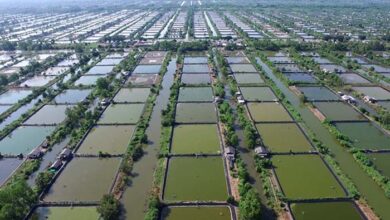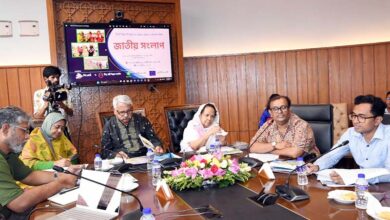For decades, we’ve funded conservation like a charity: well-intentioned, but ultimately unsustainable. Billions in donor funds have created protected areas and vital research, but they’ve rarely solved the fundamental equation: for the communities on the front lines of climate change, preserving an ecosystem must be more valuable than destroying it. Our traditional model inadvertently asks the world’s most climate-vulnerable people to bear the economic cost of global conservation. It’s a bargain that is breaking down—for them, and for the planet.
It’s time to stop asking for sacrifices and start making offers. The paradigm must shift from perpetual philanthropy to smart, market-based investment. This isn’t about commodifying nature; it’s about aligning our financial systems so that a healthy ecosystem becomes the foundation of a thriving local economy. The new bargain is simple: we invest in community-led enterprises that generate revenue from conservation, creating a powerful, self-funding loop of ecological and economic resilience.
This isn’t a theory; it’s a working model already delivering returns for people, planet, and investors. Let’s talk about few.
The Carbon Deal. Coastal communities restore mangrove forests, vital carbon sinks and storm barriers. In return, they sell verified carbon credits. The bargain: investors get high-integrity offsets; the planet gains carbon sequestration, biodiversity, and coastal protection; and communities secure a durable revenue stream.
The Sustainable Food Deal. Impact enterprises are equipping smallholder farmers with regenerative agriculture and climate-smart aquaculture techniques. The bargain: farmers’ yields and incomes rise, their environmental footprint falls, and investors tap into the growing market for sustainable goods, de-risked by improved community resilience.
The Eco-Tourism Deal. Community-owned lodges and guided experiences make wildlife and wilderness more valuable alive than exploited. Tourists get authentic experiences, local people gain pride and income, and investors back a business model where conservation is the core asset, not the collateral damage.
These examples reveal a transformative principle: the structure of finance dictates the behavior it produces. Grants can protect land, but investments build constituencies. They create durable incentives that align local communities, global capital, and the environment. This is how conservation becomes scalable, investable, and resilient beyond donor timelines.
For donors and Development Finance Institutions (DFIs), this is a strategic pivot—not a departure from purpose, but an evolution of method. Their role is to catalyze and de-risk a new asset class: climate-smart, community-based enterprise. Catalytic capital can take the first-loss position, fund technical assistance, and measure success not only in hectares or species but also in livelihoods secured, revenue generated, and tons of CO₂ sequestered.
By prioritizing private sector partners who embed conservation in their business models, whether through regenerative farming, sustainable aquaculture, eco-tourism, or carbon markets, DFIs can unlock a new generation of scalable impact enterprises. These models prove that conservation and commerce can reinforce one another rather than compete for survival.
The private sector, too, must evolve its role, not as a peripheral partner to philanthropy but as the engine of climate resilience. Impact investors, local entrepreneurs, and market facilitators are showing that financial returns and ecological restoration can coexist, provided the incentives are structured correctly. The aim isn’t to monetize nature, but to mobilize capital toward its regeneration.
Philanthropy, meanwhile, has a new and vital role: not to sustain conservation indefinitely, but to prime the pump, absorbing early risk, building proof of concept, and paving the way for private capital. When used strategically, donor funding can shift from being a perpetual subsidy to a catalytic spark that draws in larger, longer-term investment.
The challenge is no longer scientific or moral, it’s financial. We know how to restore mangroves, regenerate soils, and protect coral reefs. What we lack is a financial architecture that rewards these actions as rational economic choices. It’s time to move beyond charity and build a marketplace where protecting the planet is not just virtuous, but valuable.
I urge all of us to rethink what investing in conservation means. Let’s not do it out of guilt or goodwill, but because it’s the smartest investment we can make — in our planet, our economies, and our shared future.





